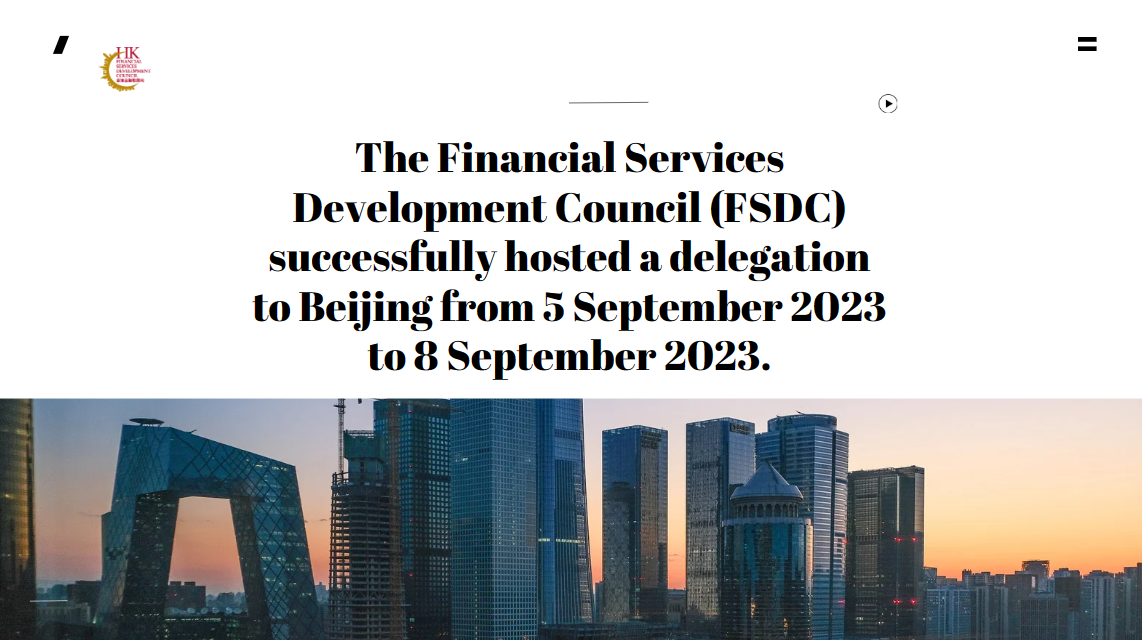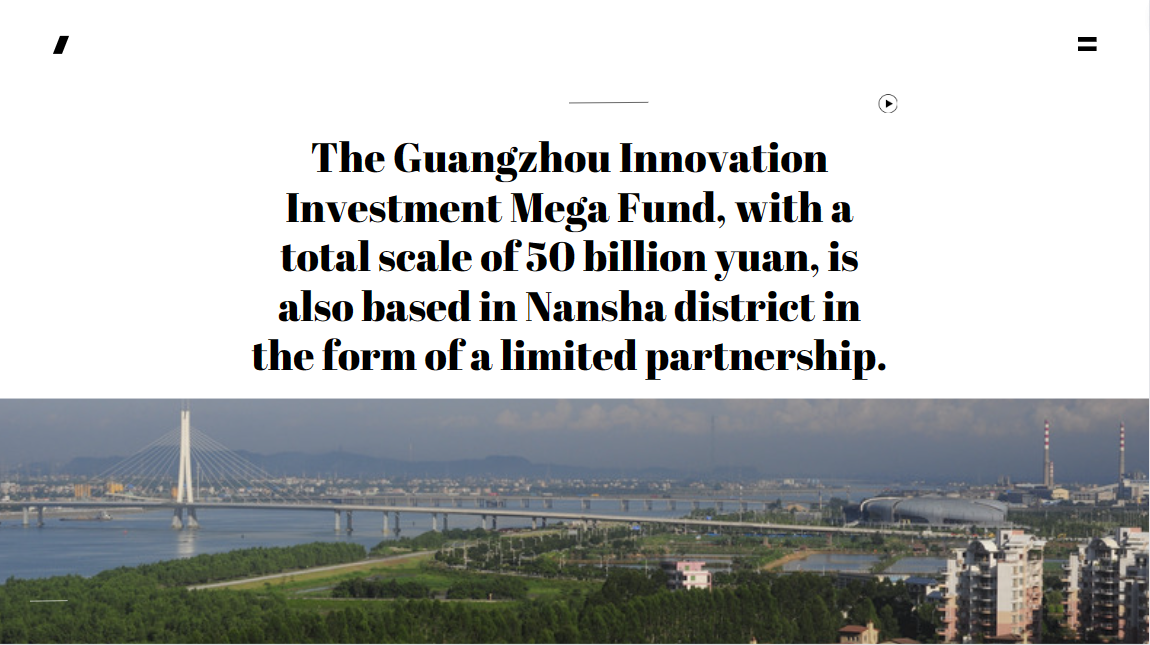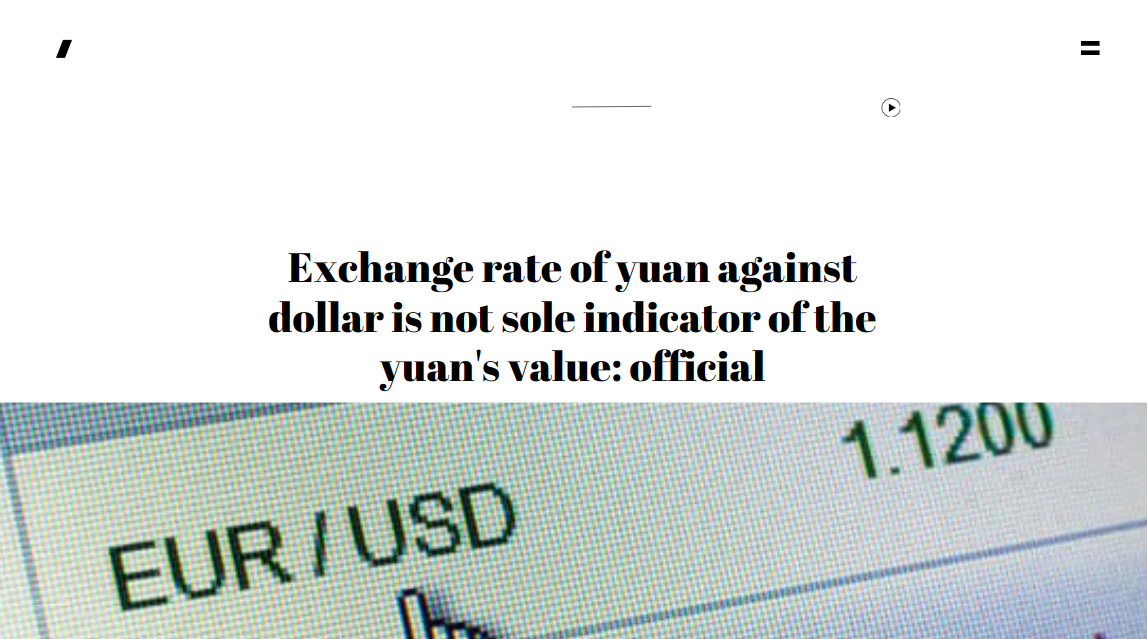Keynote Speech on “Innovative Financial Regulation” at The Pan Asian Regulatory Summit 2023
Good morning, it is my great pleasure to be here among friends and counterparts, who share common interests and goals. It seems practitioners always want to hear from regulators, even if the word “Enforcement” in my job title may make some of you nervous.
But joking aside, regulatory engagement is an essential part of the broader communication strategy underpinning risk-based supervision. As the boundaries of regulatory coverage have widened, covering more firms, of different sizes and with different business models, it has become ever more important to engage with the industry through multiple channels, including this event.
Cooperation and friendship between like-minded regulators is also critical as we seek to level playing fields and consistently apply international standards to firms that increasingly operate internationally and indeed globally. Singapore and Hong Kong are two of the largest and most globally interconnected financial centres in the world, with many shared interests both because of being geographically close to each other and the scope of services our financial sectors provide. Forums and summits are useful opportunities to maintain that relationship so I extend my thanks to Thomson Reuters for inviting me to speak today.
Hong Kong is both an international financial centre and trading hub. Our financial sector plays a vital role as an intermediary between Mainland China, the world’s second-largest economy, and the rest of the world. Recent years have seen expansion of the various “Connect” schemes for stocks, bonds and wealth management, building on Hong Kong’s position as the leading centre for offshore RMB cross-border trade settlement amounted to over 1 trillion yuan and deposits of close to 1 trillion yuan. Our wealth management sector has assets under management equivalent to about 3 times the size of our GDP.
But despite, and probably because of, our sophisticated financial sector, we do face challenges when it comes to crime and associated money laundering. The biggest of these challenges is the rapid growth in fraud, especially digital fraud. I’m sure many of you are seeing similar trend. Hong Kong's latest Money Laundering and Terrorist Financing Risk Assessment Report, published in last July, identifies fraud as the predicate offence in over 70% of money laundering investigations and convictions. And the number of cases continues to rise. I don't mean to play down other offences, which are certainly on our radar screen, but fraud is our leading challenge in the present moment, based on the number of cases and the often devastating effects on victims.
Because of these challenges, we set a high benchmark in terms of what we expect from our firms - based on international standards and best practices - and pride ourselves on actively engaging in international forums. Hong Kong currently provides one of the co-chairs for the working group overseeing mutual evaluations in the Financial Action Task Force (FATF), the international standard setting body on AML/CFT.
With the fifth round of evaluations coming close, we should be well placed to demonstrate that we have sound legal systems; a transparent, proportionate response to regulation; and a culture of innovation.
And while we share a desire to foster innovation in financial markets and services, we also share a determination that this should never come at the expense of market safety and soundness. It is essential that we protect our financial institutions and systems from exploitation – and the general public from victimisation – by criminals exploiting many of the same technologies that bring tangible benefits to consumers. And apart from the real harm caused to victims, we are increasingly seeing that it could potentially become a financial stability issue. While losses due to crime and costs of combating it are not yet anywhere near levels that would affect the financial positions of institutions, there is a real risk that the increasing incidence of crime could have a widespread effect on consumer confidence in technology-based financial services.
Regulators and other authorities around the world are increasing efforts to alert and educate consumers to protect themselves, while making payment and other systems less vulnerable to exploitation, as well as disrupting and helping in the detection of the money laundering related to these crimes. And that’s why the communication through regional forums like this one is hugely valuable. It helps us all to deliver consistent outcomes and achieve our common goals in combating financial crime and protecting bank customers from the harm so caused.
At the HKMA, an important part of our mandate is to make sure we do not miss opportunities to adapt our regulatory and supervisory approaches to respond to today's – and tomorrow's – challenges, to help safeguard the integrity and stability of financial system, which supports Hong Kong’s role as an international financial centre.
Since 2019, we have been engaging the industry to explore how banks are deploying technology-enabled solutions to enhance their AML/CFT programmes, with the objective of supporting the further adoption of Regtech. As part of these efforts, we have been sharing observations of good use cases of AML Regtech, and most recently in May, we issued a publication that shares deep-dive case studies on the use of Network Analytics in AML and anti-fraud. To make it relevant to banks at different stages in their adoption journeys, our sharing covers use cases of different sophistication. In one case, a small-sized bank enhanced its ad-hoc investigation capability through an in-house developed analytics tool that can search and generate simple networks based on customer identifiers. In another use case featuring a large-sized bank, an advanced network analytics capability was deployed to provide a more holistic view of customers, highlighting, for example, behaviourial and relationship risks which were previously unseen by the bank. Both examples supported efficiency gains.
Through sharing industry insights and lessons learnt, we aim to encourage broader adoption and ultimately enhance the collective effectiveness of our AML/CFT eco-system. While the examples are taken from individual banks’ adoption journeys, the principles may be applied across different sectors and I would strongly encourage you to take a look — the reports are available on our website.
Information sharing, and the ability to apply analytics to that information, both within individual institutions and across different entities through partnership arrangements, is one area where innovation is going to be essential to combat fraud and financial crime. This means a more holistic approach by the AML eco-system with much higher degree of collaboration. It brings some new challenges too. One of these is that supervisors and institutions need to develop a better shared understanding of how performance will be measured against set priorities, taking into account the new ways of working.
For example, how does the public sector take into account the ‘usefulness’ of information provided by banks to the AML ecosystem? A mule account network provided through a public-private information sharing platform may have significant value to the prevention, detection and disruption of financial crime - so a potentially useful indicator is the extent of resources that the regulated sector has allocated to information sharing and network analytics as compared to the efforts in regulatory compliance. At the HKMA, as part of our efforts to digitalise AML supervision, we are automating data collection while innovating the way we conduct risk profiling of banks and analyse granular crime data in the supervisory processes. These capabilities enable us to place an increased focus on outcomes rather than outputs, and how well banks are allocating resources to areas of high-value work targeting the greatest threats to the system.
Looking at the evolution of financial crime regulation in Hong Kong over the last decade or so, I think we can be considered to have a mature regime. Now there are advantages and disadvantages to being called “mature”. It recognises the work that has been done, but it also means that expectations are high.
In 2024, the FATF will embark on the fifth round of mutual evaluations and have moved well beyond the old technical legal compliance model. We are in a new era in which members are judged on the effectiveness of their systems and the outcomes they are able to achieve, which is a much more innovative mindset for addressing new challenges. For example, I don't think anyone would suggest today that the best response to new risk areas would be to just mechanically apply the exact same compliance frameworks or the same regulatory guidance as were being applied to traditional finance.
That is why we also continue to pursue changes in our eco-system approach, seeking to deliver the greatest value. As recently launched in Hong Kong, the Financial Intelligence Evaluation Sharing Tool, also called FINEST and which is a bank-to-bank information sharing platform that, with further expansion to cover more banks, customer types and crime types, will supplement the public-private partnership known as Fraud and Money Laundering Intelligence Taskforce, to provide a new approach to combatting financial crime. These collaborative platforms will help banks, regulators and law enforcement agencies to prioritise and target top risks across the eco-system and showcase what success in the fight against financial crime looks like, at the same time demonstrating the effectiveness of our systems by supporting innovation and achieving sustainable economic growth.
So in conclusion, this is a challenging but also an exciting time to be a regulator, and so should it be for regulatee. And given the scale and nature of the challenges and opportunities we face, I would reiterate that collaboration within our respective eco-systems has never been more important. Collaboration between the multitude of stakeholders which make up an eco-system is an important enabler of a more effective response to financial crime, helping to build mutual understanding, trust and confidence. Fully integrated relationships, maximizing the increasing volume of intelligence now available and using innovative methods will give us the advantage we need to work together to protect our financial systems, firms and citizens from crime.
And that is why we will continue to work closely with all sectors, public and private, to help create a financial system for this new era that promotes innovation and growth – always in ways that protect the interests of consumers of financial services.
Thank you.





















































First, please LoginComment After ~